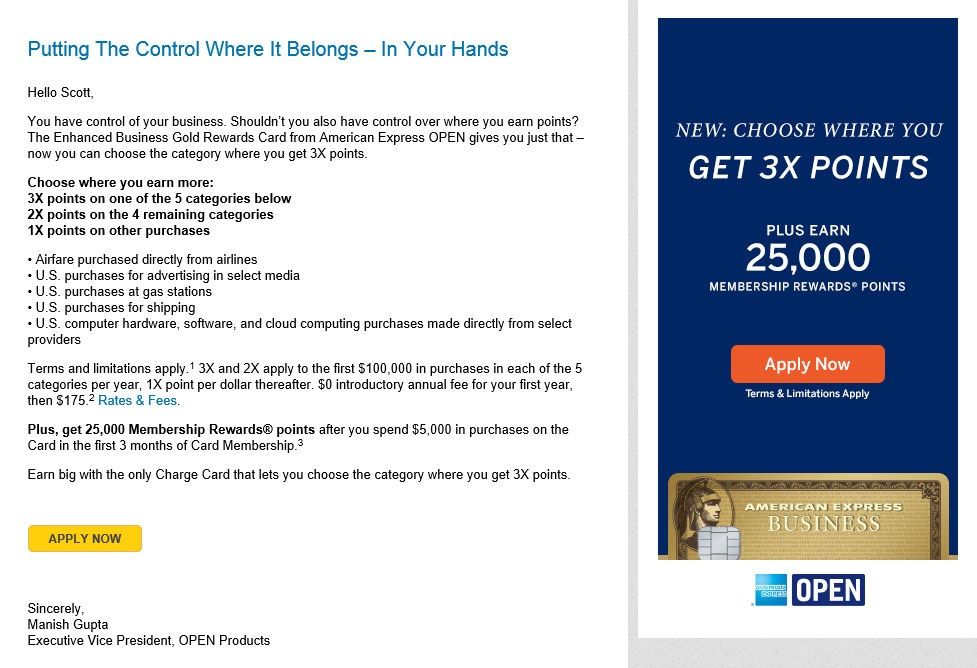If It Looks Like Marketing and Sounds Like Marketing, It’s Probably Bad Marketing

In my previous life as a creative director in radio, one of the biggest obstacles I had to overcome with advertisers was their preconceived notion of what a radio commercial should sound like.
Decades of listening to the radio conditioned many small business owners to believe all commercials should have big, booming announcer voices who shouted price points and advertising clichés.
About 10 years ago, I wrote a script, emailed it to the advertiser for approval and received an odd response.
This doesn’t look like a radio commercial.
I looked at the script. The approach was very straightforward – agitate common pain points and present the advertiser as the solution.
I got on the phone with the advertiser and the conversation went something like this:
Me: Can you explain what you meant when you said the script doesn’t look like a commercial?
Advertiser: It doesn’t sound like all of the other commercials I hear.
Me: Well, being unique is a good thing. You want your commercial to stand out.
Advertiser: But it doesn’t say anything about having the lowest prices, the best customer service… you know, the stuff you hear in other commercials.
Me: Those aren’t necessarily selling points for your service. And unless you can validate claims like those, they don’t serve a purpose.
Advertiser: I don’t care. I think we need to say those things in our commercial.
This is not an exaggeration.
It wasn’t uncommon for a small business owner to not know the difference between good and bad advertising. Part of my job was to educate them.
But this advertiser went so far as to demand that I insert advertising clichés into his commercial.
Why? Because he believed so strongly that the commercials he heard on the radio every day represented the right way to do things.
Fast forward to three weeks ago.
I received this email from American Express through LinkedIn. I left out the 851 words of fine print that appeared below the signature.

When I saw the subject line – Putting the Control Where It Belongs: In Your Hands – I had no idea what it meant.
But I opened the email because it came through LinkedIn. Kudos to American Express for choosing a delivery vehicle with brand equity.
But the message was awful.
You can see the offer details for yourself. It’s beyond confusing, especially for someone like me who doesn’t have an American Express card.
Too many conditions. Too much fine print. Not enough about how this can benefit me as a small business owner.
In defense of American Express, this is similar to the vast majority of marketing emails that are sent – and deleted – each day.
Most marketers follow the same, tired model, whether it’s email, social media, blogging, display, TV, print or radio. Not because this model is based on sound marketing principles, but because everyone else is doing it.
Which is a terrible reason for doing anything.
And that’s why anything that looks like marketing and sounds like marketing is usually bad marketing.
“Follow the leader” is a kids’ game. It shouldn’t dictate your marketing strategy.
If it does, you’ll fall into the same traps that have plagued brands, business owners and marketers for decades.
Bad marketing screams “Look at me so I can sell you something.” Good marketing says “I can solve your problem.”
Bad marketing focuses on the brand or product. Good marketing focuses on the results of using that brand or product from the target audience’s perspective.
Bad marketing is vague, unfocused and confusing. Good marketing is clear, specific and transparent.
Bad marketing is an overt sales pitch that delivers nothing of value. Good marketing offers relevant, helpful information.
Bad marketing can be spotted from a mile away and makes people turn and run. Good marketing lures people in.
Bad marketing seems out of place and even jarring. Good marketing fits in seamlessly with the user experience.
Unfortunately, the bad stuff represents most of the 5,000 or so marketing messages people are exposed to each day.
That’s a lot of competition for the eyes, ears, hearts and minds of your target audience.
You can win that competition.
If you want your marketing to be noticed and remembered, make it clear, relevant, valuable and helpful.
In other words, make it sound as little like “marketing” as possible.

